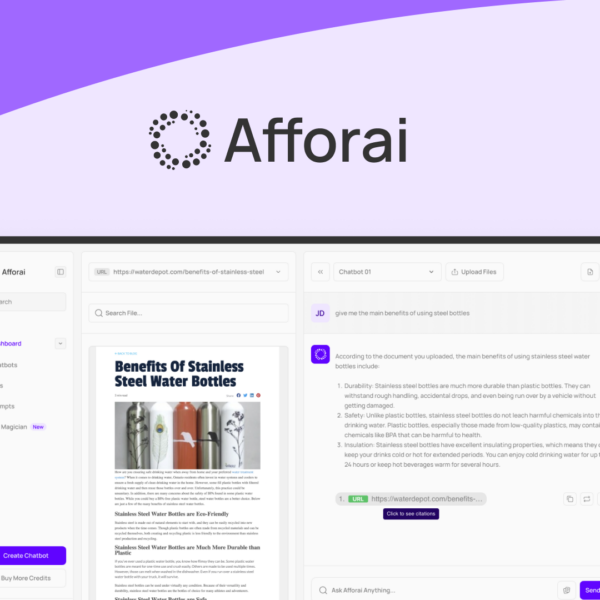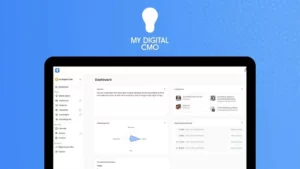Have you ever thought about how localization can change the game for global SaaS products? Understanding your audience’s needs in Tokyo, São Paulo, or Berlin is more crucial than ever!
Localization is vital for SaaS companies aiming for global success. It helps them connect with users from different cultures and backgrounds. By adapting software to meet local needs, companies can improve user experience. This means translating not just words but also context and values.
Advantages of Localization
When businesses localize their software, they often see higher user satisfaction. Users feel more comfortable with products that speak their language. This can lead to increased trust and loyalty. Additionally, localized marketing campaigns tend to perform better.
Challenges of Implementing Localization
While localization has many benefits, it is not without its challenges. Companies must ensure quality translations to maintain their brand image. It’s also important to stay updated with local trends and preferences.
Another challenge is managing localization across multiple regions. This can involve working with lots of teams and data. However, these efforts usually pay off as businesses reach wider audiences.
Best Practices for Localization
To localize effectively, companies should start early in the development process. Integrating localization from the beginning can save time and money later on. It’s also wise to involve native speakers during the localization phase for accurate results.
The Future of Localization in SaaS
Looking ahead, the need for localization will only grow. As the world becomes more connected, businesses must adapt to meet global demands. Innovations in AI are making localization easier and more efficient, allowing companies to tap into new markets with less effort.




